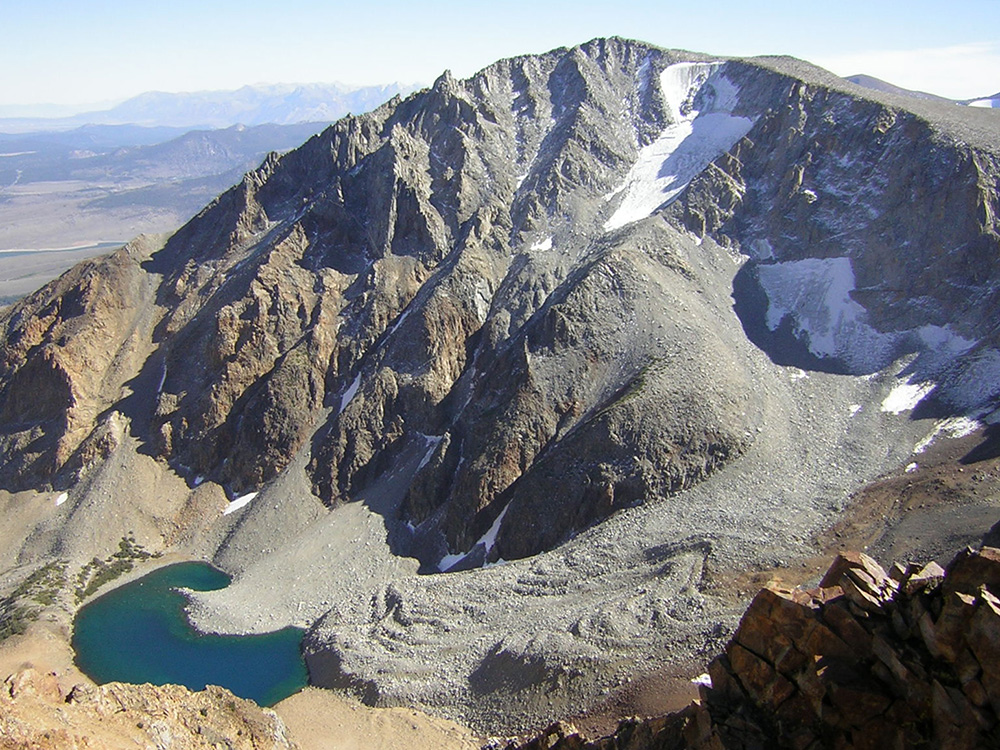
This post was written by Ellie Neifeld, 2019 Mono Lake Intern.
Join us on Tuesday, September 10 at 4:00pm in the Mono Lake Committee gallery for this week’s Refreshments with Refreshing ‘Ologists. Connie Millar, Senior Scientist with the US Forest Service, will be here to discuss rock glaciers as under-explored hydrologic reservoirs and climate refugia. If you can join us for this free event, please register here. Please note: This talk is on a Tuesday!

Despite their ubiquity, rock glaciers are little-recognized land forms of the high Sierra Nevada and other Great Basin mountains. Long studied globally by glacial specialists, their unique properties as enduring sources of cold-water springs and lakes, and their related roles in providing habitat for cold-adapted plants and animals (such as American pikas), are only recently being understood by conservation scientists. Rock glaciers and related land forms (e.g., talus slopes) serve as long-term alpine water sources and ecological refugia as global climates change and temperatures rise.
In this talk Connie will describe her studies on rock glaciers of the Great Basin mountain ranges, highlighting their surprising physical processes and explaining how they can serve critical roles in climate adaptation.
